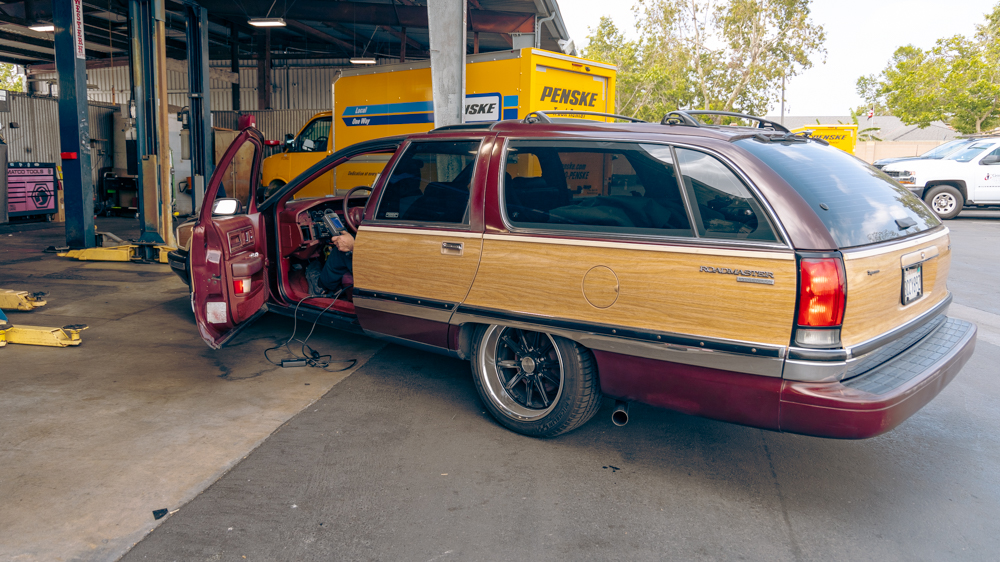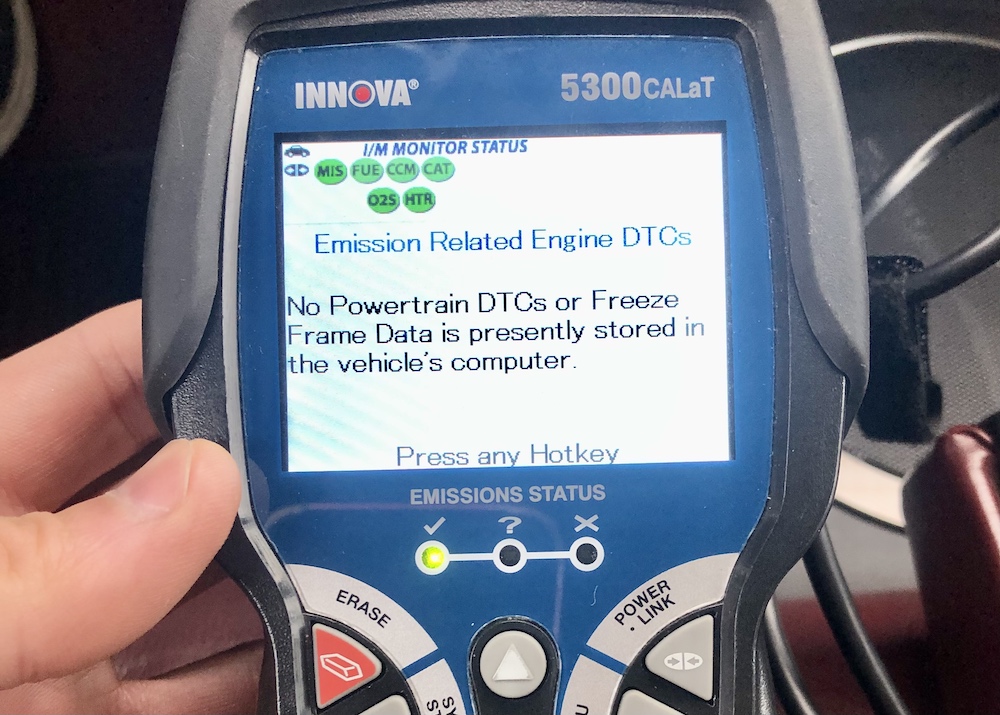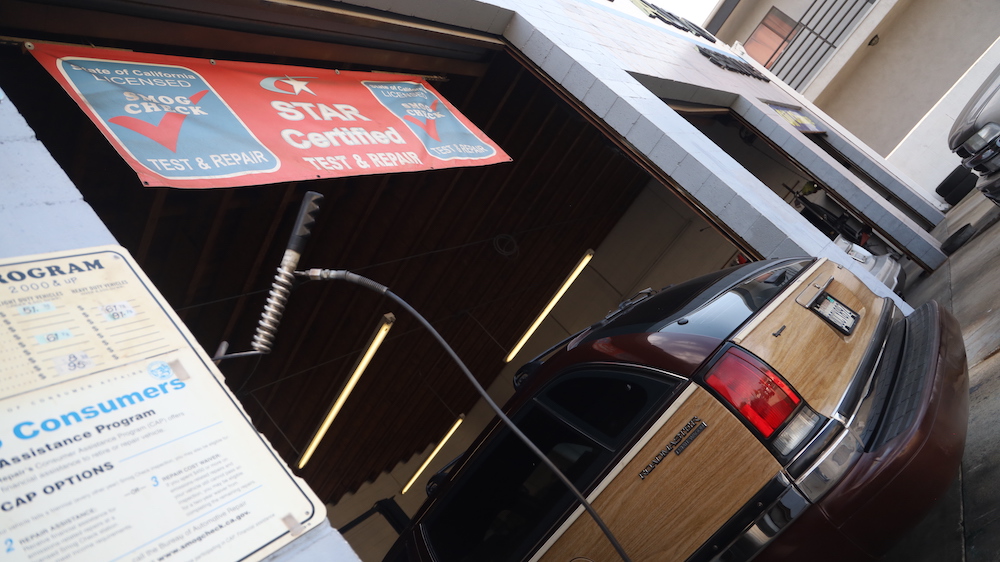How To Do a Legal California Engine Change (E-ROD LS Swaps & More!)
STEP 4: Project Break-in & Inspection Prep

Let’s say you’ve done all the research. Bought all the parts. Managed to complete your swap. And everything’s working as it should. Healthy. Safe. Properly broken in. Congratulations, but you’re not quite done yet. That’s because —
All vehicles with engine changes must pass an inspection by a BAR Referee and must have a BAR Referee label affixed to the vehicle inside the engine compartment.
Once upon a time, to make an E-ROD install legal, one simply installed the kit and put an E.O. sticker under the hood. But according to Renee Santos, a Public Information Officer for the Department of Consumer Affairs, who oversees media relations for BAR, that changed in 2018.
In June 2018, the California Air Resources Board (CARB) and Bureau of Automotive Repair (BAR) jointly released engine change guidelines with the focus on maintaining air quality while also providing a reasonable pathway for engine changes on California vehicles. Prior to the publication of the guidelines, vehicles with engine changes with a CARB-issued Executive Order were not required to be inspected by a BAR Smog Check Referee. Consequently, many engine changes were not performed in accordance with the requirements of the Executive Order. To address this issue, the guidelines established the requirement that all vehicles with engine changes pass an inspection by the BAR Smog Check Referee and obtain a BAR Referee label verifying compliance with the Executive Order.
So to clarify and reiterate… If you’ve done an engine change in California, even an E-ROD package, it’s time to get ready for a two-part BAR inspection. So make sure to —
- re-read the engine change guidelines & double-check your installation
- assemble all of the documentation that we’ll discuss in the next/final step
- and ensure your vehicle is running well from an emissions perspective in one of two ways –>
Readiness Monitors (OBD II)

Readiness monitors, effectively, confirm that a modern vehicle’s ECU is properly testing its own emissions system. The great news is that you can test for these with most hand-held scanners. And parts stores often loan these out for free.
However, monitors typically reset — aka turn OFF — if a vehicle loses power. So, if you disconnect the battery ahead of your inspection, or a SMOG test, you will fail if you haven’t driven far enough to turn them back on. (This could happen to any vehicle, engine change, or stock.)
In the case of the E-ROD, GM has a particular emissions test drive procedure to complete. But even that may not turn on the readiness monitors. In our case, we also needed to take a long highway cruise (about 70 miles) before they turned back on.
Pre-Check (OBD I)

However, 1995 or older vehicles (OBD I) can’t tell you if it’s going to pass emissions. That’s why these cars and trucks still require full tailpipe SMOG tests. So, if your project involves putting an OBD-I donor motor into an OBD-I project vehicle, it’s a smart idea to head out to a local smog testing station to get a pre-check. It’s not free and doesn’t count toward certification. But it will save you from attending a 100-minute in-person BAR Referee inspection only to fail the emissions test.
CHAPTERS
Intro / Background: CARB-Legal Modifications
1) Understanding California Engine Change Guidelines
2) Acquiring Emissions-Compliant Parts
3) Remove OEM Systems & Install Donor Systems
4) Project Break-in & Inspection Prep
5) Virtual & In-Person BAR Referee Inspections
